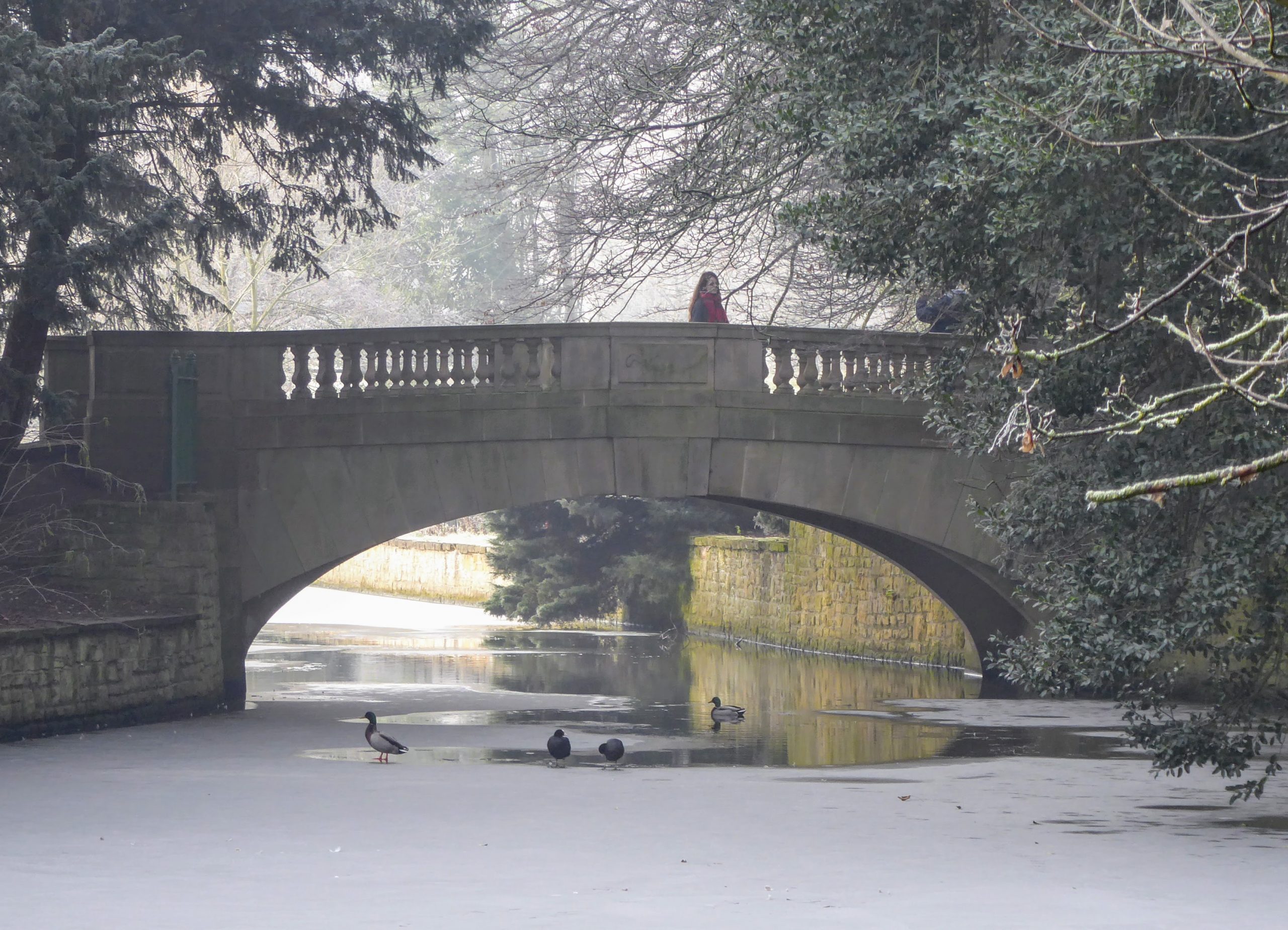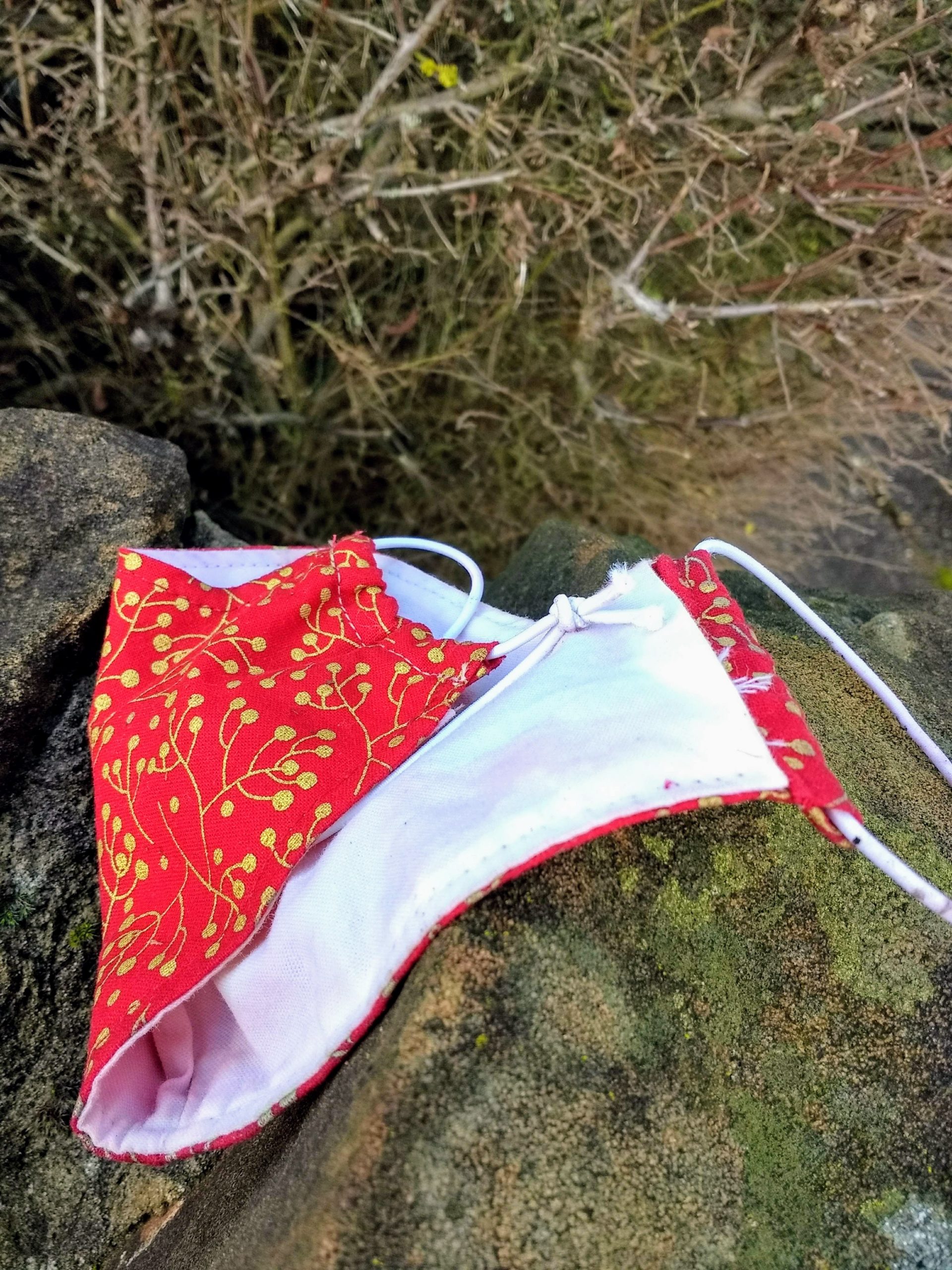
December 18, 2021, by Brigitte Nerlich
Making Science Public 2021: End of year round-up of blog posts
We are coming to the end of a another pandemic year, and time seems to expand endlessness towards an uncertain horizon. That means quite a few of my blog posts this year were still devoted to covid and the pandemic, but I also wrote about genetics, climate change and some other incidental topics. As usual, some kind colleagues also wrote guest posts for me or let me repost something they had written.
Pandemic discourses
Let’s start with the topic of the day, month, year, years… The first post I wrote in 2021 was about the controversial topic of lockdown fatigue. I distinguished between discourses of pandemic fatigue and lockdown fatigue but also between discourses of lockdown fatigue used to blame ‘the public’ and counter-discourses in which the government was rightly blamed for using the fatigue trope to justify its own inaction. The next two posts dealt with the vexing topic of vaccination, one focusing on hope and hesitancy, the other on vaccination and the mutation of the virus. This then led to another post discussing the difficult issue of naming covid variants. At the time of writing that topic was still quite new, while now we have already gone through alpha, beta, lambda, delta and many more and have now come to Omicron. During the middle of the year there was also discussion about where the original Wuhan strain of the virus originated from, the lab (intentional or accidental release) or an animal source. So I discussed that as well, linking the discussion to the issues of consensus and conspiracy, well known from climate change debates. When the government decided that the pandemic was over, which it wasn’t, of course, during the middle of the year, some people accused other people of cowering from the virus. As I am one of those cowards, I also wrote about that. My last post in the category of ‘pandemic discourse’ dealt with the outcry that followed reports detailing our government’s shambolic handling of the pandemic, a topic which goes to the heart of discussions about science, politics and integrity.
Covid language
Like last year, I was intrigued by the language that was developing around the coronavirus and covid, the disease it causes. So my first post on the topic was on that very topic and I looked at new words from covidiots to vaxxies. Playing on the emergence of new virus variants, I then talked about a new variant in covid speak, observed by Andrew Reynolds, namely the phrase ‘team vaccine’. I then switched to the coronavirus itself and, inspired by some work by Ahmed Abdel-Raheem, I looked at how the virus can inspire local and global metaphors. We don’t only have metaphors for the virus, but the virus becomes a source for metaphorical inspiration, both in terms of verbal and visual metaphors. In my final two posts on covid language, I returned to my favourite topic of covid metaphors and talked about walls, wars and waves, as well as about walls more specifically. At the very end of last year, I also wrote a post (after I had posted my yearly round-up) on the possible dangers of using certain metaphors in an increasingly polarised covid world, a post that is perhaps worth rereading now that Omicron is doing what Alpha (you remember Alpha, don’t you?) did at the time I wrote this blog and what scientists were doing at the time to track and deal with it. 
We are ending this year with another wave, tidal wave or tsunami of infections, against which our government wants to build walls of booster vaccines (the new three-word slogan is ‘Get boosted now‘), completely forgetting masks and schools and children. But metaphors without masks don’t work.
Climate change
This year climate change was discussed at COP26 in Glasgow in November. We shall have to wait and see whether that had any impact on global action on climate change. The real impact of climate change hit me this year in the shape of the floods that devastated Western Germany, and in particular my old home town, in July. So, of course, I had to write a post about that. Rusi Jaspal and I have also submitted an article on the matter to an academic journal, but by the time that it will come out, if at all, climate change will have moved on to other victims around the world at a progressively faster and more devastating rate than before. Be this as it may, I also wrote a few more posts that didn’t engage me as viscerally as the one about the German floods: one post on the language work that goes on when writing IPCC reports, one of which came out in September this year and clearly stated the threats posed by climate change; one post on metaphors around geoengineering, a controversial topic, that Rusi and I had visited before in around 2011 and, I have to confess, things haven’t much changed since then; and a last one on the then topic of the day (in November), the concept of net zero.
Genetics and genomics
Alongside pandemics and climate change, another topic that occasionally still draws my attention is that of biology, genetics and genomics. In one post I looked at the recurring metaphors of maps, books and jigsaws when the human genome was completed even more completely than before. In another I came back to the topic of organoids, which I had tackled before, but this time the focus was on eyes (something I am particularly interested in). When the government announced that it might be changing its rules on gene editing post Brexit, I wrote a quick post on that. Two more posts were focused on gene drive, one regarding old uses of metaphors for genetically modified mosquitoes and another on how reflections on gene drives might boost novel approaches to responsible innovation and public engagement.
Other
I also ventured into some other topics, such as language and politics, in particular the issue of loaded language; on public engagement with so-called post-normal science (there isn’t any); on symmetry as false balance (that’s only for STS aficionados); and, more enjoyably, on space, namely on Percy and Ginny, or rather Nasa’s Perseverance rover and its sidekick, the helicopter Ingenuity, and on politics in space. I also wrote something on AI generated book covers based on thesis titles, a craze that came and went on twitter, but made me think that it’s time for a boost to public understanding of AI. I know there is stuff going on, but perhaps not enough. But the most fun I had with these ‘other’ post was, for me, a post on the 17th-century naturalist Francis Willughby who had links with Wollaton Hall, which is one of my favourite destinations for a walk – and much more… there is also a scandal involving Newton and fishes. And finally, a year cannot go by without me reflecting on metaphors. This year I tried to summarise all the things I have written on metaphor in one handy list.
Guest posts
I was lucky this year to get a few guest blogs covering a wide variety of topics. There was a post by Rusi Jaspal on the topical issue of covid and mental health, one by Ahmed Abdel-Raheem on how the pandemic is beginning to shape worldviews through the spread of multi-modal metaphors. I was allowed to re-post a contribution by Ruth Derksen first published in The Conversation on how words matter during the pandemic, from deadly enemy to covidiots, a topic very much on my mind. There were also two re-posts that didn’t focus on the pandemic, one by Alexander Gerber on science communication research patterns, past, present, and future, and one by Andrew Reynolds on science, philosophy and metaphor.
I hope that you all stay safe and well over the now not so festive season and to ‘see’ you again next year!
Image: Bridge at University Park lake, University of Nottingham; Abandoned Festive mask, Wollaton.
Previous Post
AI and the (public) understanding of scienceNext Post
Pandemics, time and learningNo comments yet, fill out a comment to be the first

Leave a Reply